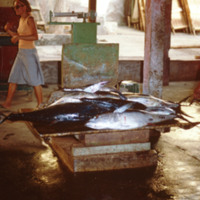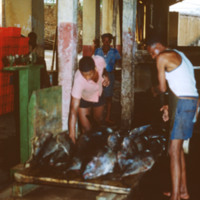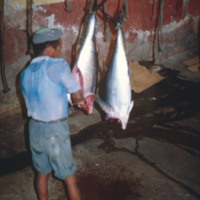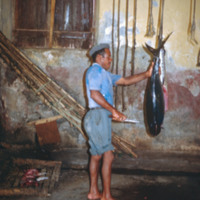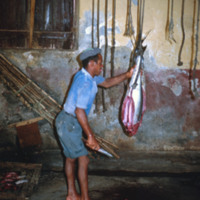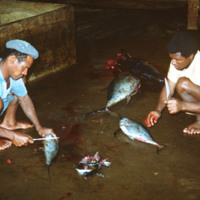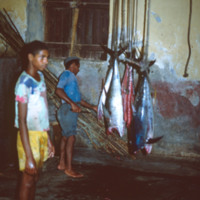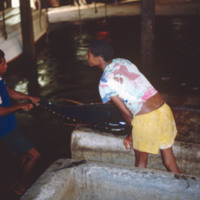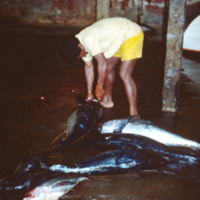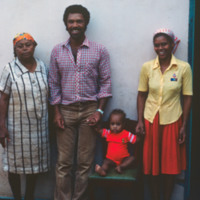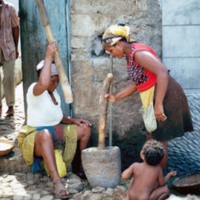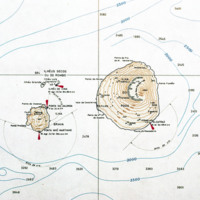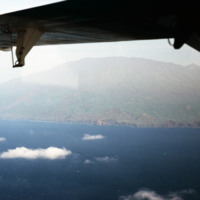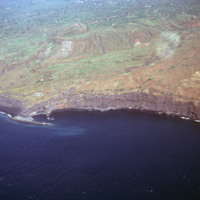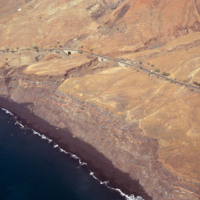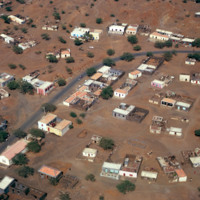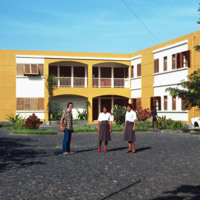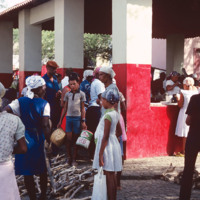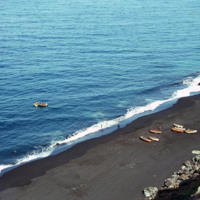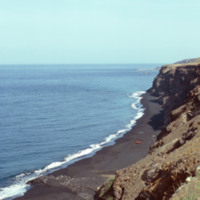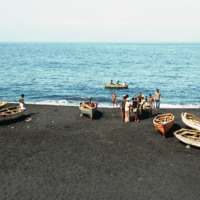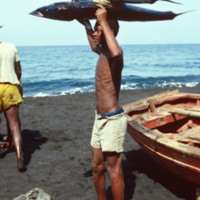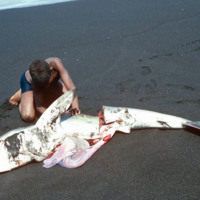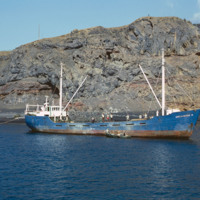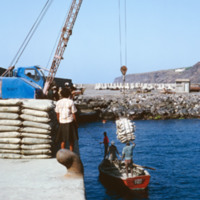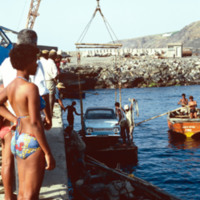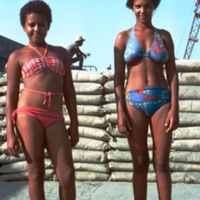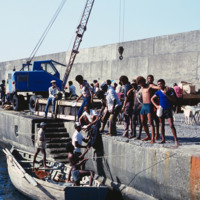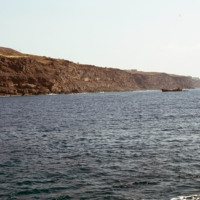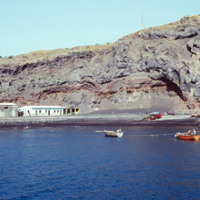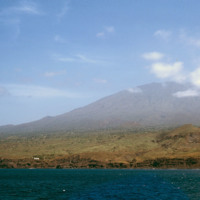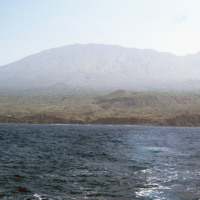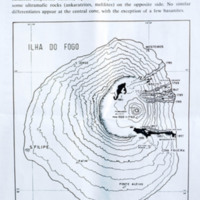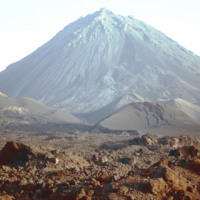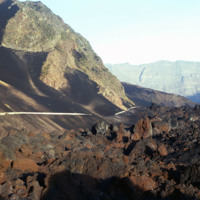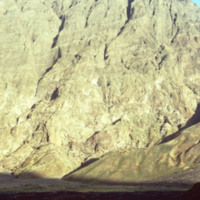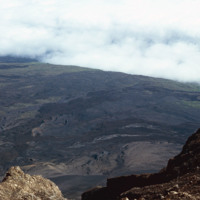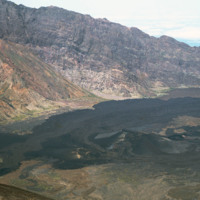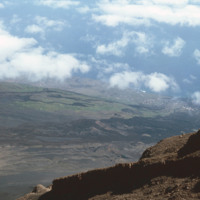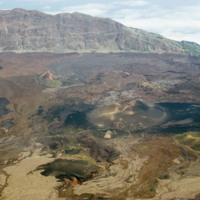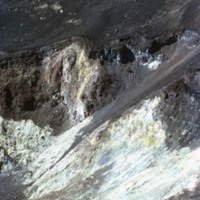Browse Items (657 total)
- Collection: Baxter Collection of Images of Cape Verde
Tuna Fish Catch Being Weighed
Tags: cannery, canning, fishing, industry, São Nicolau, scale, Tarrafal, Tarrafal Municipality, tuna
Tuna on Scale; Tuna Cannery
Tags: cannery, fishing, industry, São Nicolau, scale, Tarrafal, Tarrafal Municipality, tuna
Tuna Cannery
Tags: cannery, fish, fishing, industry, São Nicolau, Tarrafal, Tarrafal Municipality, tuna
Tuna Cannery in Tarrafal
Tags: cannery, fish, fishing, industry, São Nicolau, Tarrafal, Tarrafal Municipality, tuna
Tuna Cannery in Tarrafal
Tags: cannery, fish, fishing, industry, São Nicolau, Tarrafal, Tarrafal Municipality, tuna
Workers in Tuna Cannery
Tags: cannery, fish, fishing, São Nicolau, Tarrafal, Tarrafal Municipality, tuna, workers
Workers & Tuna in Cannery
Tags: cannery, fish, fishing, industry, São Nicolau, Tarrafal, Tarrafal Municipality, tuna
Tuna Cannery; Tarrafal
Tags: cannery, fishing, industry, São Nicolau, Tarrafal, Tarrafal Municipality
Workers at Tuna Cannery
Tags: cannery, fish, fishing, industry, São Nicolau, Tarrafal, Tarrafal Municipality, tuna
Tuna Cannery in Tarrafal
Tags: cannery, canning, food, industry, São Nicolau, Tarrafal, Tarrafal Municipality, tuna, workers
Family in Tarrafal
Tags: family, portrait, São Nicolau, Tarrafal, Tarrafal Municipality
Mother and Child; Tarrafal
Food Processing, Tarrafal
Map of Fogo and Brava
Tags: brava, Contour Map, fogo, Fogo & Brava, map, pico do fogo, volcano
Fogo, Aerial View
Fogo, Aerial View
Tags: aerial, fogo, pico do fogo, volcano
Fogo Coastline, Sea Port; Aerial View
Tags: aerial, fogo, harbor, port, protection wall, São Felipe, sea port
Fogo, Aerial, Coastline and Bridges
Tags: bridges, coastal road, fogo, road, roads, São Felipe, transportation, waterfront
Fogo: São Felipe, Aerial View
Tags: aerial, dwellings, fogo, São Felipe, terracotta, town, village
Apartment Complex in São Felipe
Tags: apartment, architecture, city life, dwelling, fogo, São Felipe
Marketplace in São Felipe
Tags: commerce, fogo, market, São Felipe
Residents of São Felipe
Tags: commerce, fogo, portrait, production, residents, São Felipe, women
Beach Near São Felipe
Tags: beach, fishermen, fishing vessels, fogo, industry, ocean, São Felipe, waterfront
Fogo Cliffs
Tags: beaches, black sand, cliffs, coastline, fogo, ocean, São Felipe, shore, waterfront
Fishermen on Shore Near São Felipe
Tags: beach, black sand, coastline, fishing, fishing vessels, fogo, industry, São Felipe, shore, waterfront
Gutting a Shark
Commercial Vessel, Docked
Tags: coastline, commercial, dock, fishing vessels, fogo, harbor, port, São Felipe, ships, waterfront
Cargo Moved by Crane
Tags: boat, cargo, crane, dock, fogo, industry, port, São Felipe, vessel, wooden boat
Docks, Porto de Vale de Cavaleiros
Tags: cargo, fogo, São Felipe, shipment, transportation
Young Women at Porto de Vale de Cavaleiros
Tags: dock, fogo, portrait, São Felipe
Porto de Vale de Cavaleiros
Tags: commerce, docks, fogo, São Felipe, transportation
Docks at Porto de Vale de Cavaleiros
Tags: commerce, docks, fogo, São Felipe, transportation
Offshore view of Fogo
Tags: fogo, island, ocean, waterfront
Porto de Vale de Cavaleiros
Tags: cargo, commerce, fogo, port, São Felipe, transportation
Pico do Fogo Seen From Ocean
Tags: fogo, landscape, pico do fogo, volcano
Fogo & Porto de Vale de Cavaleiros
Tags: fogo, offshore, port, volcanic rock, volcano
Pico do Fogo
Tags: fogo, island, offshore, pico do fogo, volcanic rock, volcano
Pico de Fogo
Tags: fogo, mountain, Pico de Fogo, São Felipe, terrain, volcano
Terrain surrounding Pico de Fogo
Tags: fogo, mountain, Pico de Fogo, São Felipe, terrain, volcano
Pico do Fogo
Tags: cliffs, crater, fogo, landscape, mountain, pico do fogo, São Felipe, volcanic rock, volcano
Pico do Fogo
Tags: cliffs, fogo, mountain, pico do fogo, São Felipe, volcanic rock
Pico do Fogo
Tags: clouds, fogo, mountain top, peak, pico do fogo, São Felipe, volcanic rock
Crater from top of Pico do Fogo
Tags: crater, fogo, São Felipe, volcanic rock, volcano
From Pico do Fogo
Tags: aerial, clouds, fogo, island, peak, São Felipe, volcanic rock, volcano
Pico do Fogo
Tags: fogo, landscape, mountain, São Felipe, volcanic rock, volcano
Inside Pico do Fogo, Dormant Volcano (1)
Tags: dormant, fogo, pico do fogo, volcanic rock, volcano
